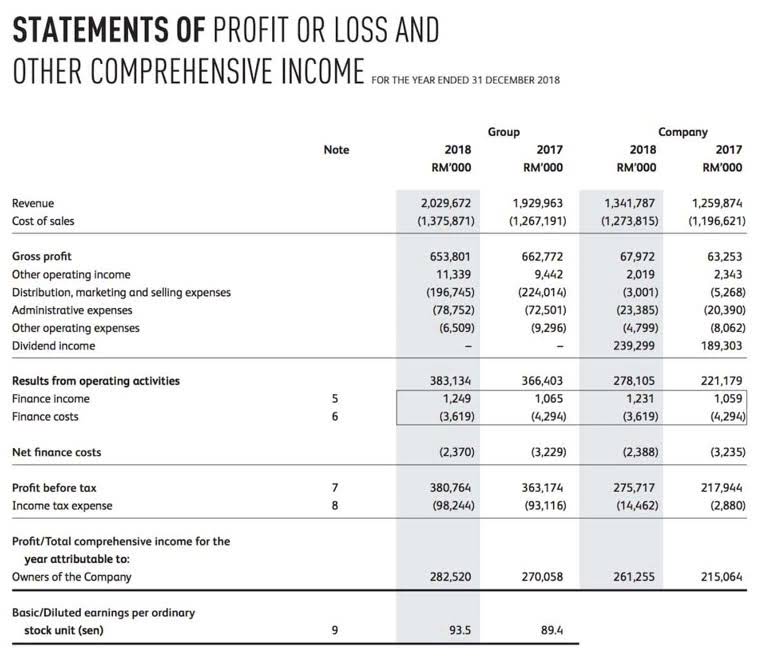What Accounts Have A Normal Credit Balance

For example, when an owner contributes capital to the business, the Owner’s Capital account is credited. Expense accounts record costs incurred to generate revenue and have a normal debit balance. When an expense occurs, such as paying rent or salaries, the account is debited, reflecting the cost. Learn about the normal credit balances of finance accounts and how they impact your financial statements. Business owners, investors, creditors, and other stakeholders rely on accurate and well-prepared financial statements to account(s) with a normal credit balance include make informed decisions about a company. Therefore, ensuring the correct treatment and disclosure of accounts with a normal credit balance is key to providing transparency and reliability in financial reporting.

Understanding debits and credits
Knowing the normal balance of accounts for each account type will help you understand how debits and credits affect each type of account. The normal balances of accounts are important to consider when preparing financial statements. In double-entry https://koni-ks.co.uk/concrete-core-compressive-strength/ bookkeeping, the normal balance of the account is its debit or credit balance. The normal balance of an account is the balance that an account is expected to have at the end of an accounting period. This balance can be either a debit balance or a credit balance, depending on the type of account.
- To maintain balance within the accounting equation, increases in revenue are recorded as credits.
- These accounts represent the sources of funds, revenues, and increases in equity for a business.
- The normal credit balance of certain accounts has a significant impact on the presentation of financial statements, including the balance sheet and income statement.
- ACID stands for Atomicity, Consistency, Isolation, and Durability—the four rules that keep database transactions running smoothly.
What Is Common Stock Accounting
- For example, if a company wanted to increase its inventory (an asset), it would make a journal entry to debit inventory and credit cash (another asset).
- It allows for easier tracking of liabilities, equity, and revenue, providing a clear picture of an organization’s financial position.
- Familiarity with normal balances aids in interpreting financial statements like the Balance Sheet and Income Statement.
- By correctly classifying accounts with a normal credit balance on the financial statements, users can assess the financial performance and stability of a company.
- The credit side of a liability account represents the amount of money that the company owes to its creditors.
It’s important to note that a credit balance does not necessarily imply a positive financial position. For example, if a company has an outstanding invoice from a supplier, the amount owed will be recorded as a credit balance until it is paid off. Every Account in a double-entry ledger is categorized as debit normal or credit normal. Debit-Normal Accounts represent uses of funds (assets, expenses); Credit-Normal Accounts represent sources of funds (liabilities, equity, revenue). And finally, asset accounts will typically have a positive balance, since these represent the company’s valuable resources. While the normal balance of a liability account or equity account is a debit balance.

What is a Martha in The Handmaid’s Tale?

For example, if an asset account has a debit balance, it means that more money was spent on that asset than was received from selling it. You can use a T-account to illustrate the effects of debits and credits on the expense account. The credit side of a liability account represents the amount of money that the company owes to its creditors. Cash equivalents are short-term investments that you can convert quickly into cash with Bakery Accounting normal balances. A cash account is an expected normal balance account that includes cash and cash equivalents.
Allowance for Uncollectible Accounts
- Now that we have explored the accounts with normal credit balances, let’s move on to discussing the benefits of maintaining these balances.
- For instance, a debit increases an asset account, but it decreases a liability account.
- It helps maintain the fundamental principle of double-entry bookkeeping, ensuring that each entry has an equal and opposite effect on both sides of the equation.
- This ensures that the double-entry bookkeeping system remains balanced and accurate.
- This means that when you make a credit entry to one of these accounts, it increases the account balance.
So for example there are contra expense accounts such as purchase returns, contra revenue accounts such as sales returns and contra asset accounts such as accumulated depreciation. Assets are resources owned by a company that have future economic value. Common asset accounts include Cash, which represents physical currency and bank deposits, and Accounts Receivable, which is money owed to the business by its customers. When a business acquires more assets, such as purchasing equipment, the corresponding asset account is debited. A debit is always recorded on the left side of an account, while a credit is always recorded on the right side. These terms do not inherently signify an increase or decrease; their effect depends entirely on the type of account involved.

Accounts with normal credit balances include:
Each of the accounts in a trial balance extracted from the bookkeeping ledgers will either show a debit or a credit balance. The normal balance of any account is the balance (debit or credit) which you would expect the account have, and is governed by the accounting equation. Revenue accounts track the income earned by a business from its primary operations. An increase in revenue, which ultimately boosts owner’s equity, is recorded as a credit. When a business provides a service and earns income, the Service Revenue account is credited.
